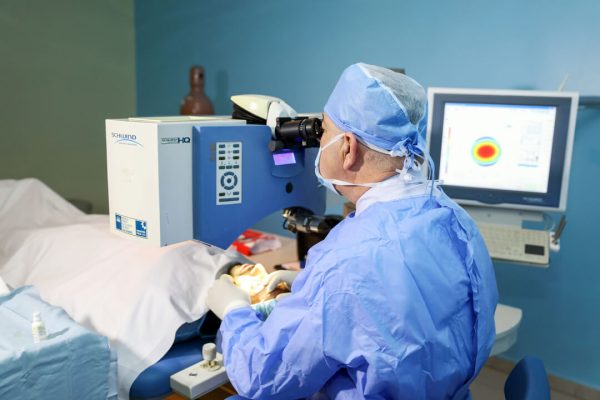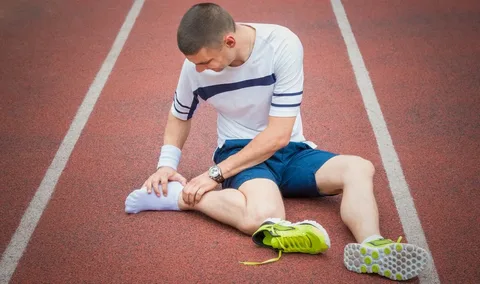Human mobility is essential to our independence, health, and overall quality of life, yet injuries, diseases, or aging can compromise it significantly. Enter physiotherapy: a healthcare profession dedicated to harnessing movement science for restoring physical strength, function, and overall well-being – using movement science techniques such as therapeutic exercises designed to restore mobility through rehabilitation programs that emphasize movement as a critical aspect of wellness and recovery. This article delves further into its role in increasing mobility and restoring function with physiotherapy’s holistic approach.
Understanding Physiotherapy / Understanding Physiotherapy
What Is Physiotherapy (also Known As Physical Therapy)
Physical therapy, commonly called “physical therapy”, is a healthcare profession dedicated to diagnosing, treating and preventing functional impairments due to disease, injury or disability. Physical therapists employ various techniques – manual therapy, exercise prescription and health education – to help their patients improve mobility and function.
The Science Behind Physiotherapy
At its core, physio tweed heads integrate knowledge from various scientific fields – anatomy, physiology, neuroscience and biomechanics – to understand how the body moves and functions. By understanding this way of moving and functioning, physiotherapists can tailor treatment plans that address each patient’s needs, helping with recovery and preventing future injuries
Physiotherapy’s Role in Restoring Functional Capabilities
Assessment and Diagnosis
At the centre of any successful physiotherapy treatment plan is an assessment. A qualified physiotherapist works to pinpoint the source of mobility issues using their knowledge of human anatomy and movement mechanics. Strength, flexibility, balance coordination pain levels are considered when making this assessment; its diagnosis forms the foundation of any tailored treatment plan designed specifically for each patient.
Customized Treatment Physiotherapy
Is designed with individuals in mind; treatment plans are customized specifically for them and their goals and needs. Treatment may involve manual therapies (such as massage or joint mobilization), strengthening exercises designed to build strength and flexibility, and techniques designed to manage pain or inflammation.
Rehabilitation
Physiotherapy plays an essential role in rehabilitation following injuries and surgeries, helping restore function, mobility and reduce pain while preventing long-term damage. Repair may include exercises to regain strength, techniques for improving balance and coordination, and strategies to modify movement patterns to prevent future injuries
Enhancing Mobility (Physiotherapy for Enhancing Mobility)
Mobility Challenges
Mobility issues may stem from many sources, from acute injuries to chronic diseases or age-related changes. Reduced mobility can have an immense negative impact on quality of life – that’s where physiotherapy steps in to enhance and regain it.
Movement Retraining
Is a critical aspect of physiotherapy is movement retraining, or “movement reeducation”. This method entails teaching patients how to move efficiently and safely while correcting harmful movement patterns that might hinder recovery after stroke, such as relearning walking skills or fine-tuning athletic techniques to avoid sports injuries.
Strength and Conditioning
Physiotherapy can also enhance mobility through strength and conditioning programs, helping build muscle strength to support joints and lower injury risks better. Strengthening programs also help create balance and coordination, which is especially useful in older adults to prevent falls.
Future Directions of Physiotherapy Physiotherapy
has proven its value in healthcare, yet as with any science field, it continues to develop. New technologies like virtual reality and telehealth are revolutionizing how services are provided; thus, the future promises even more innovative methods of improving patient care while increasing mobility and function.
Telephysiotherapy
Telephysiotherapy services delivered via telecommunication technologies allow patients to receive treatment at home, which has proven particularly valuable during periods of lockdown or for those unable to travel for traditional physiotherapy sessions. This treatment has proven helpful during lockdowns, and geographical restrictions prevent regular attendance at conventional sessions.
Virtual Reality
Virtual reality (VR) in physiotherapy is an exciting development. VR creates immersive rehabilitation environments that allow patients to practice movements and exercises safely in a controlled and engaging way – increasing motivation while providing real-time monitoring of patient progress and adjustments of treatment plans by physiotherapists.
Physiotherapy’s scientific understanding of movement and the human body makes it essential in restoring function and improving mobility. From helping an athlete return to competition, aiding older adults maintain independence or helping stroke survivors retrain to walk; physiotherapy has proven its worth time after time. With its ever-evolving technology advancements, physiotherapy remains poised to continue improving lives through movement.
The capacity to move is integral to human life, contributing significantly to our independence, health, and overall quality of life. This ability to move, however, can be disrupted by injuries, diseases, or aging. Enter physiotherapy – a healthcare profession harnesses movement science to restore, maintain, and maximize physical strength, function, and overall well-being. Physiotherapy provides a holistic approach to patient health, emphasizing the critical role of movement in wellness and recovery. This article delves into physiotherapy’s role in enhancing mobility and restoring function.
Conclusion
Physiotherapy, through its scientific understanding of movement and the human body, is indispensable in restoring function and enhancing mobility. Whether it’s helping an athlete return to their sport, aiding an older adult in maintaining independence or assisting a stroke patient in relearning to walk, physiotherapy proves it’s worth it time and time again. As the field continues to advance, incorporating innovative technologies, physiotherapy remains poised to continue its critical work of improving lives through movement.





